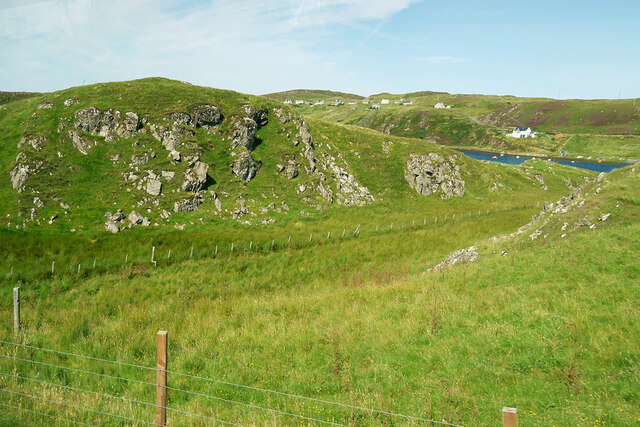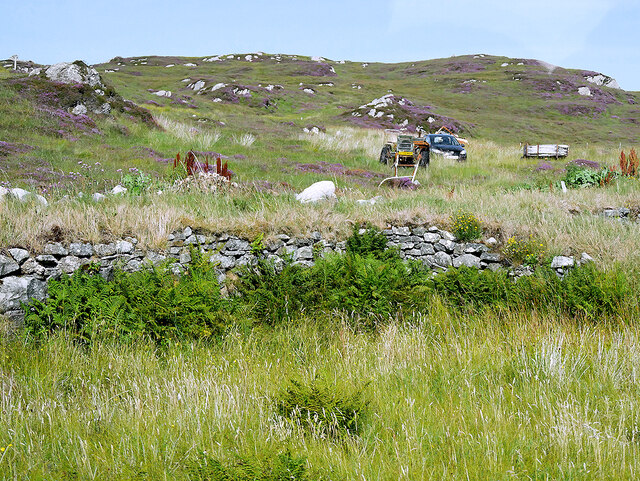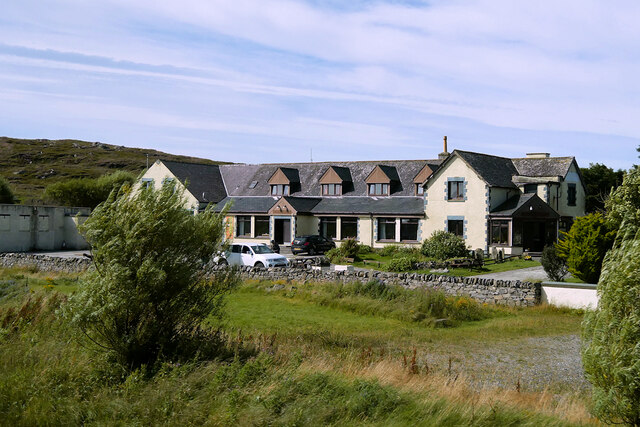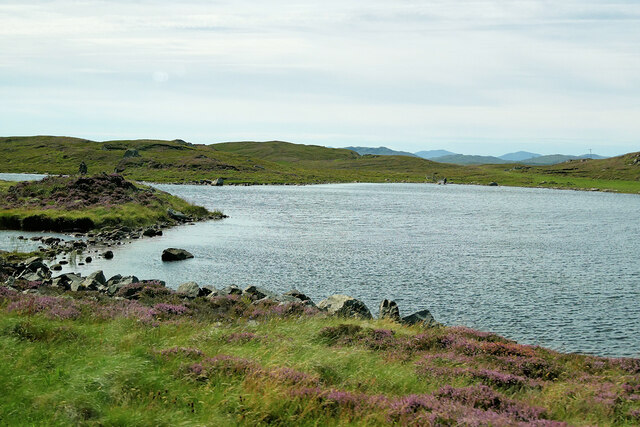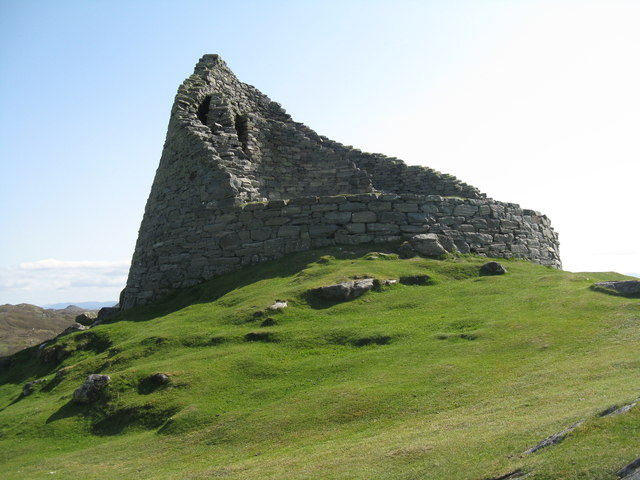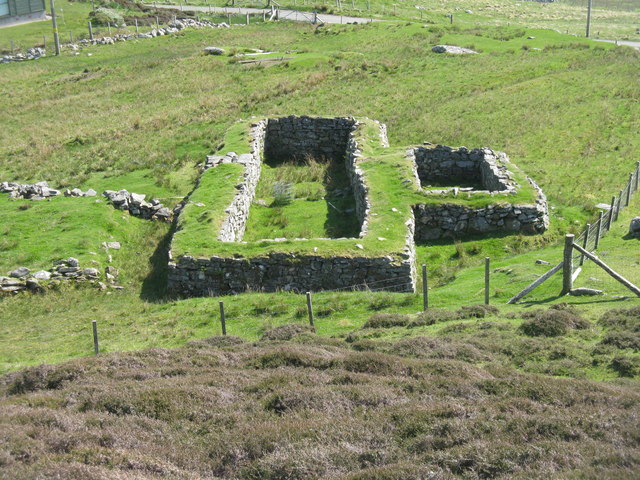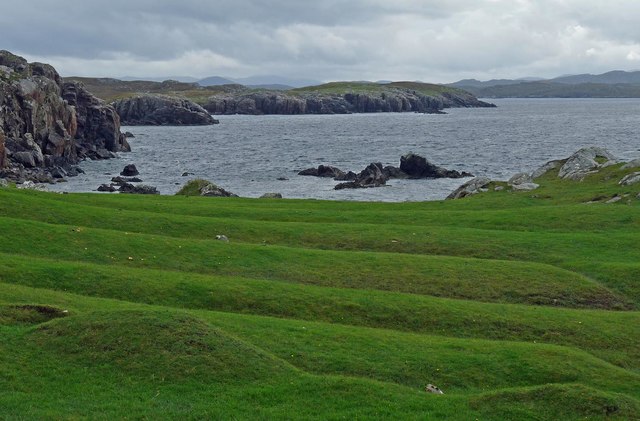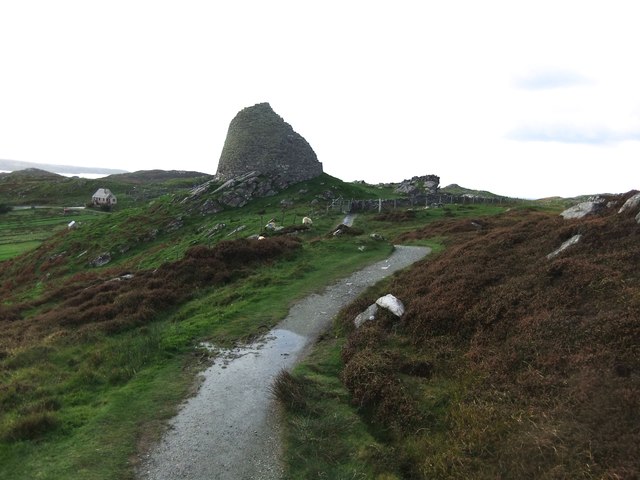Airigh Mhic Dhomhnuill Bhàin
Coastal Feature, Headland, Point in Ross-shire
Scotland
Airigh Mhic Dhomhnuill Bhàin
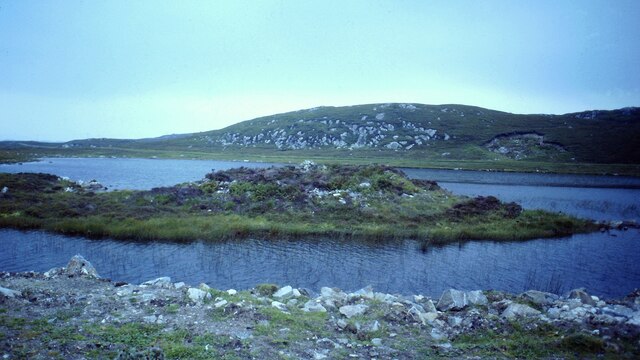
Airigh Mhic Dhomhnuill Bhàin is a prominent coastal feature located in Ross-shire, Scotland. It is a headland that extends out into the Atlantic Ocean, forming a dramatic and picturesque point. The name Airigh Mhic Dhomhnuill Bhàin translates to "the shieling of Fair Donald Ban" in English.
This headland is known for its rugged and imposing cliffs, which rise dramatically from the water, providing breathtaking views of the surrounding landscape. The cliffs are composed of a variety of rock formations, including sandstone and conglomerate, and are often covered in lush vegetation, adding to the natural beauty of the area.
Airigh Mhic Dhomhnuill Bhàin is also home to a diverse range of flora and fauna. The rugged coastal environment provides a habitat for a variety of bird species, including gulls, puffins, and cormorants. Seals can often be spotted basking on the rocks, while dolphins and basking sharks occasionally visit the waters around the headland.
The headland is a popular destination for outdoor enthusiasts and nature lovers. Hiking trails wind their way along the cliffs, offering stunning views and opportunities for wildlife spotting. The area is also a favored spot for birdwatching and photography, with its dramatic landscapes providing ample opportunities for capturing the beauty of the Scottish coastline.
Due to its remote location and natural beauty, Airigh Mhic Dhomhnuill Bhàin has become a popular tourist destination, attracting visitors from around the world who come to experience its wild and untamed beauty.
If you have any feedback on the listing, please let us know in the comments section below.
Airigh Mhic Dhomhnuill Bhàin Images
Images are sourced within 2km of 58.274562/-6.7860715 or Grid Reference NB1941. Thanks to Geograph Open Source API. All images are credited.
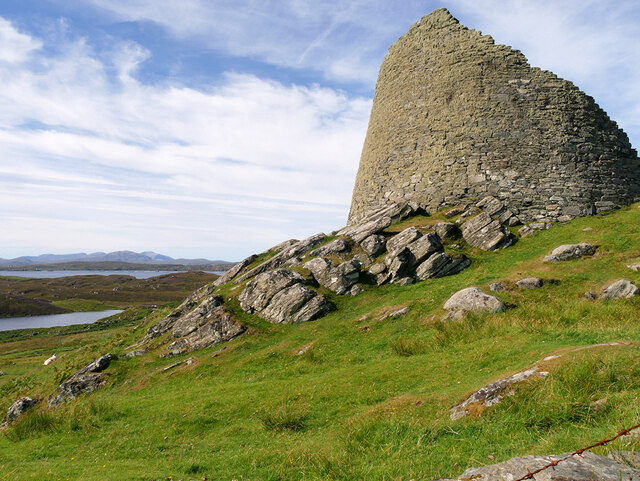
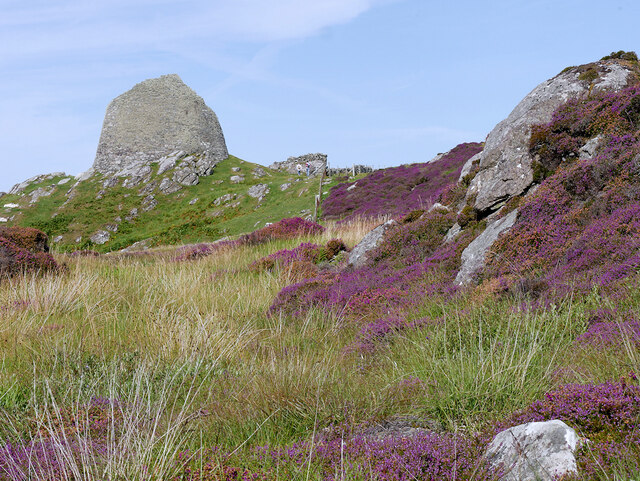
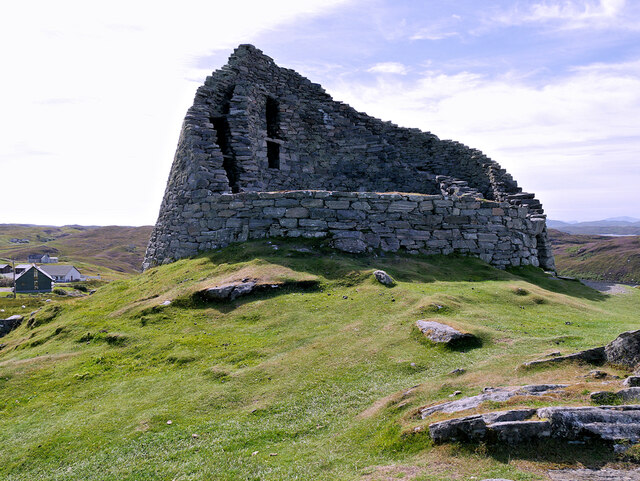
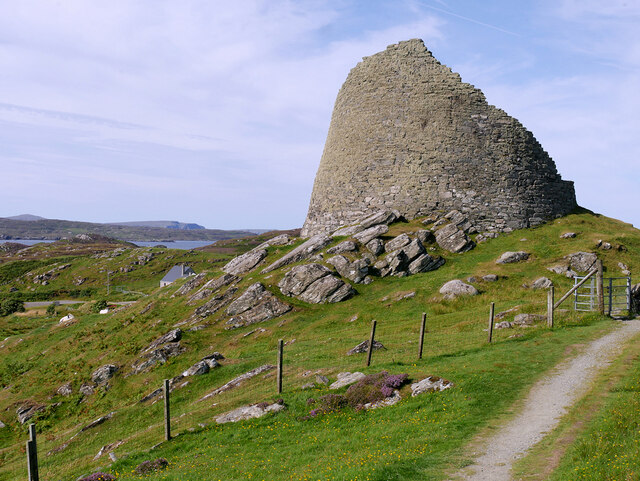
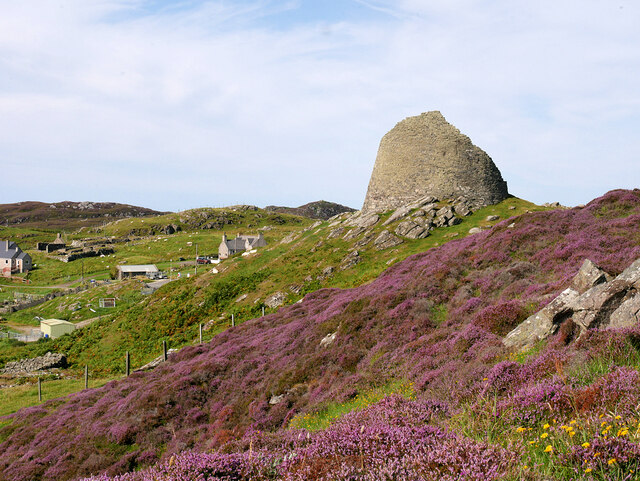
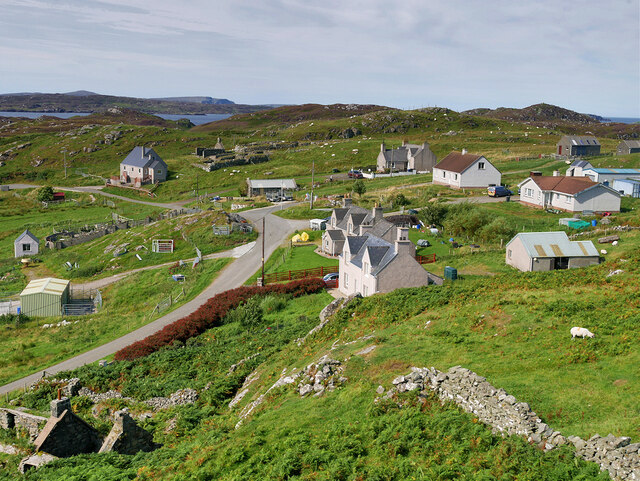
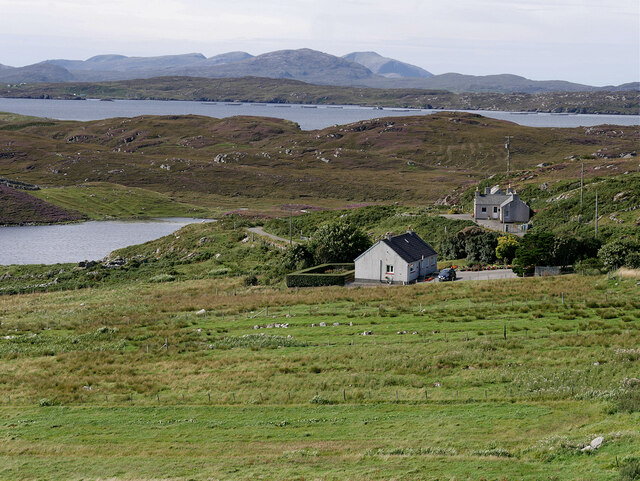
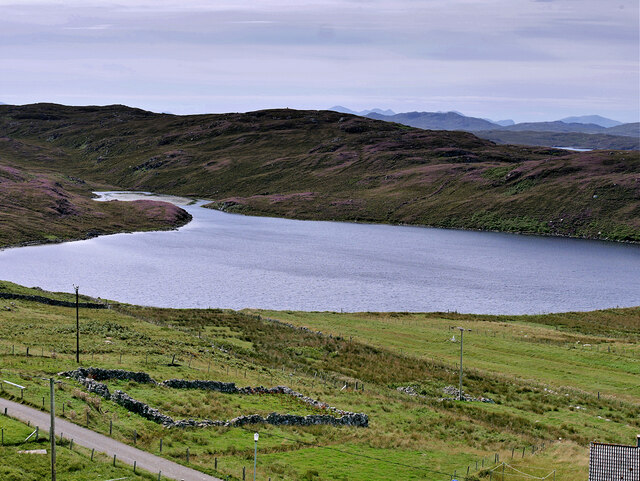
Airigh Mhic Dhomhnuill Bhàin is located at Grid Ref: NB1941 (Lat: 58.274562, Lng: -6.7860715)
Unitary Authority: Na h-Eileanan an Iar
Police Authority: Highlands and Islands
What 3 Words
///unimpeded.phantom.prom. Near Carloway, Na h-Eileanan Siar
Nearby Locations
Related Wikis
Dun Carloway
Dun Carloway (Scottish Gaelic: Dùn Chàrlabhaigh) is a broch situated in the district of Carloway, on the west coast of the Isle of Lewis, Scotland (grid...
Borrowston, Lewis
Borrowston (Scottish Gaelic: Borghastan), with a population of about 50, is a crofting township situated on the Isle of Lewis, on the Outer Hebrides of...
Carloway
Carloway (Scottish Gaelic: Càrlabhagh [ˈkʰaːɾɫ̪ə.ɤː]) is a crofting township and a district on the west coast of the Isle of Lewis, in the Outer Hebrides...
Garenin
Garenin (Scottish Gaelic: Na Gearrannan) is a crofting township on the west coast of the Isle of Lewis in the Outer Hebrides of Scotland. Garenin is in...
Nearby Amenities
Located within 500m of 58.274562,-6.7860715Have you been to Airigh Mhic Dhomhnuill Bhàin?
Leave your review of Airigh Mhic Dhomhnuill Bhàin below (or comments, questions and feedback).
